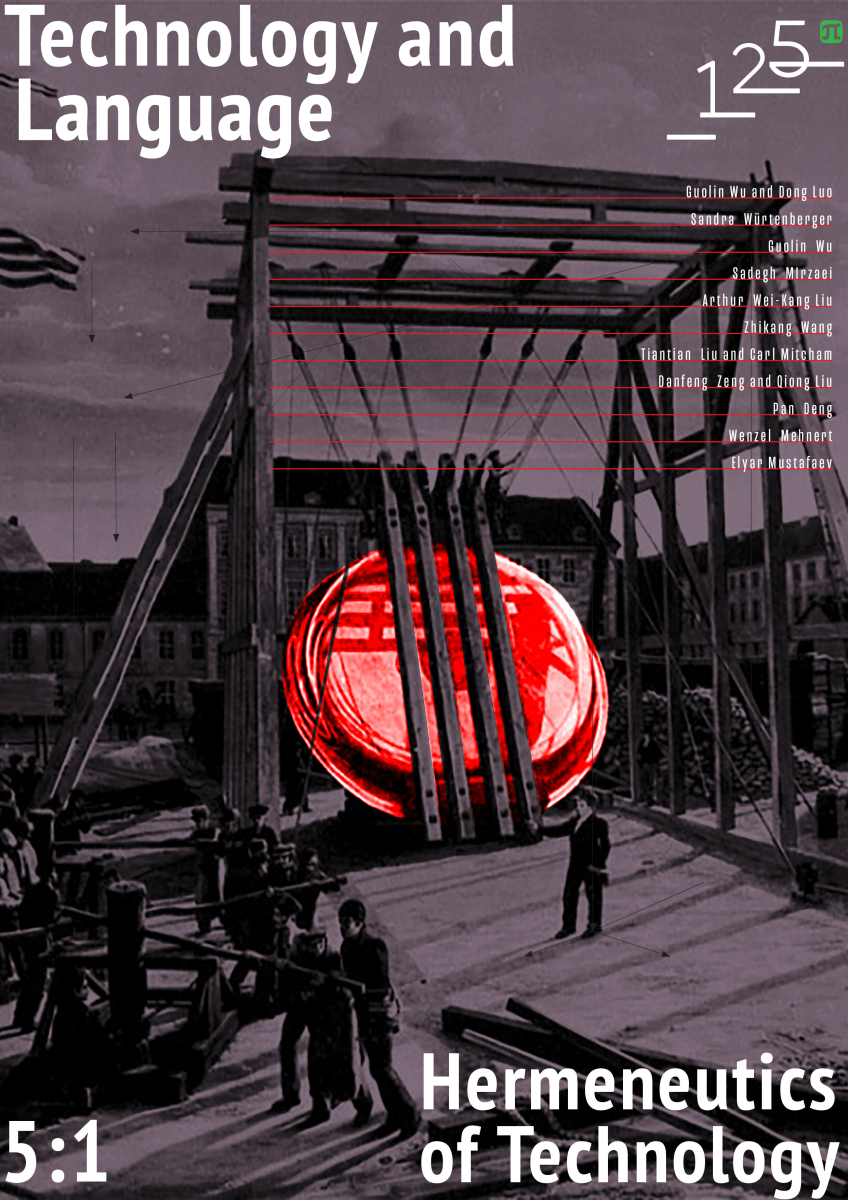Instructing to and Instructing in: Two Paradigms of Instruction
In my contribution, I appropriate the distinction made in English between “instructing to” and “instructing in” in order to differentiate between the mode of instruction characteristic of technical processes - instructing to - which is more akin to order and command, and a mode of instruction closer to teaching - instructing in. Talk of instruction covers a spectrum of cases, with the technological paradigm of “instructing to” being on the one end of the spectrum, as opposed to the open-ended process of “instructing in” on the other end. More precisely, the former paradigm is that of an automaton, “a machine which performs a range of functions according to a predetermined set of coded instructions”, whereas the latter can be imagined as an “open-ended” process of instruction, such as language instruction (following Cavell’s take on Wittgensteinian scenes of instruction). While the model of instruction pertaining to technology is led by the goal of achieving automatisation, language instruction runs counter to the idea of language usage running in an automatic way - even though the process of instruction itself includes elements of drill and repetition. The goal of becoming a competent language user is in a way never achieved fully, since it is always possible to discover new ways of expressing the same things or even to discover new words and expressions. As the distinction elaborated in this contribution helps to show, it is thus not appropriate to talk of instructing a machine in singing, but it will be possible to instruct it to produce sounds that remind of singing. Taking the other direction, however, reveals that technological systems can instruct humans to behave in certain “automatic” ways, leaving it to education to instruct present and future generations in becoming competent users of different technologies.



